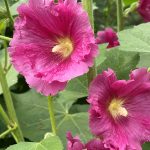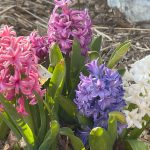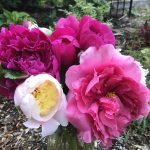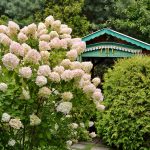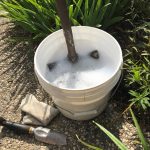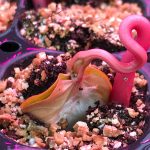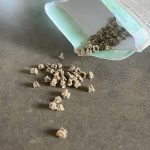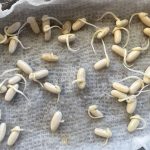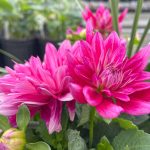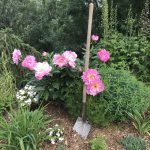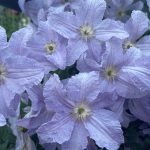Perennials are the backbone of the home garden. They provide a backdrop and structure to the yearly ebb and flow of annual and perennial blossoms.
Perennials show up year in and year out to show off their magic, most of the time.
This blog will look at four primary reasons why perennials die over the winter months and how to minimize perennial death through the winter.
A Little Background on Perennials
Perennials are plants that live for more than two years.
Regarding the home garden, perennials are divided into 2 basic categories: woody perennials and herbaceous perennials.
About Woody Perennials
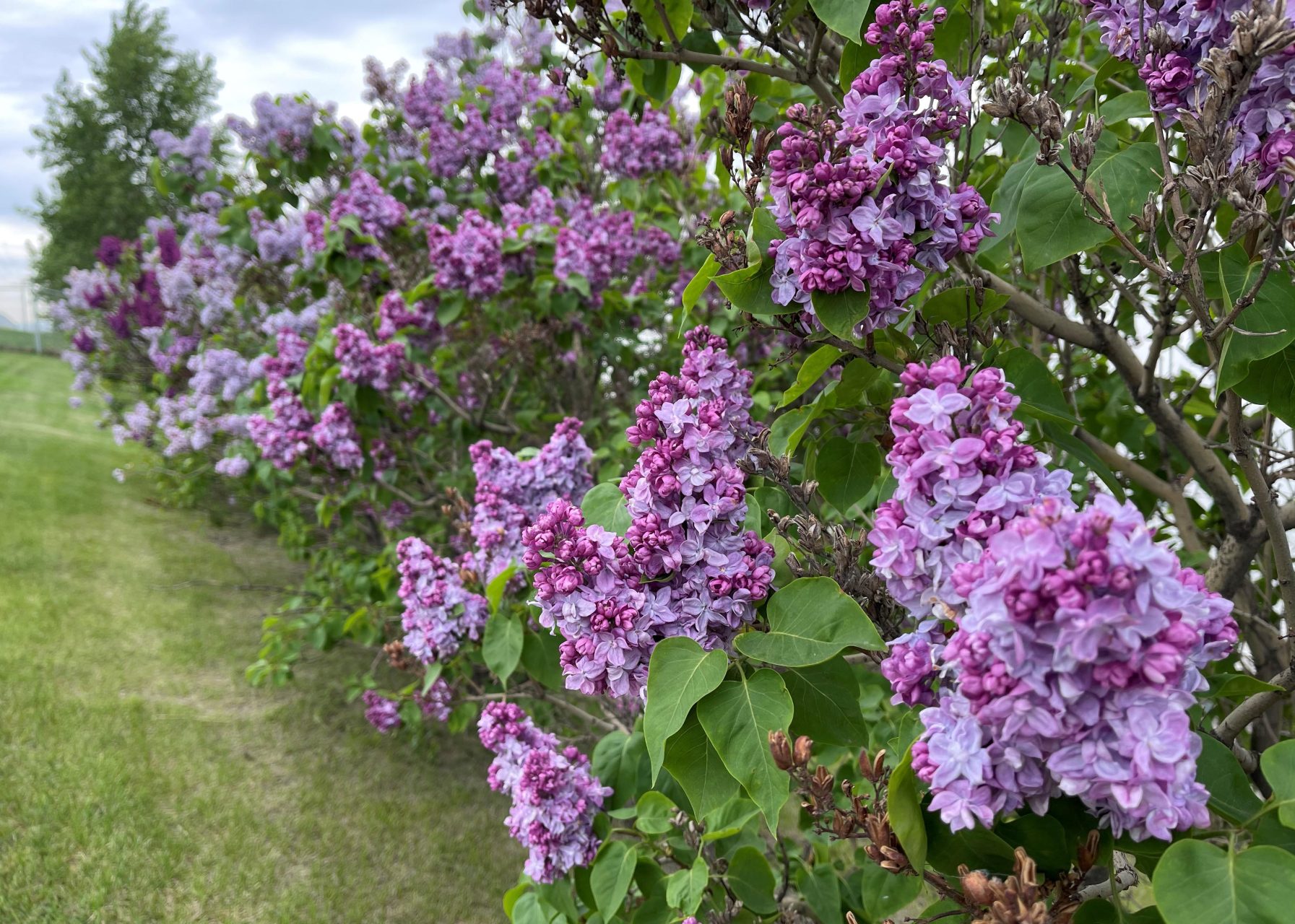
Woody perennials shed their leaves in fall and have permanent structures above the ground that continue to grow from where they stopped at the end of the growing season.
Most woody perennials blossom in spring, return to green growth, and then focus on seed production for the rest of the growing season.
Trees, shrubs, and some vines are classified as woody perennials.
Here are some examples:
Virginia Creeper is an example of a woody perennial vine because the leaves emerge fresh from the woody stem each spring. The vine continues to develop from where it left off the previous season.
Humulus lupulus (its common name is Hops) wouldn’t be considered a woody perennial because it dies back to the ground each autumn and grows fresh vines from its roots each spring.
About Herbaceous Perennials
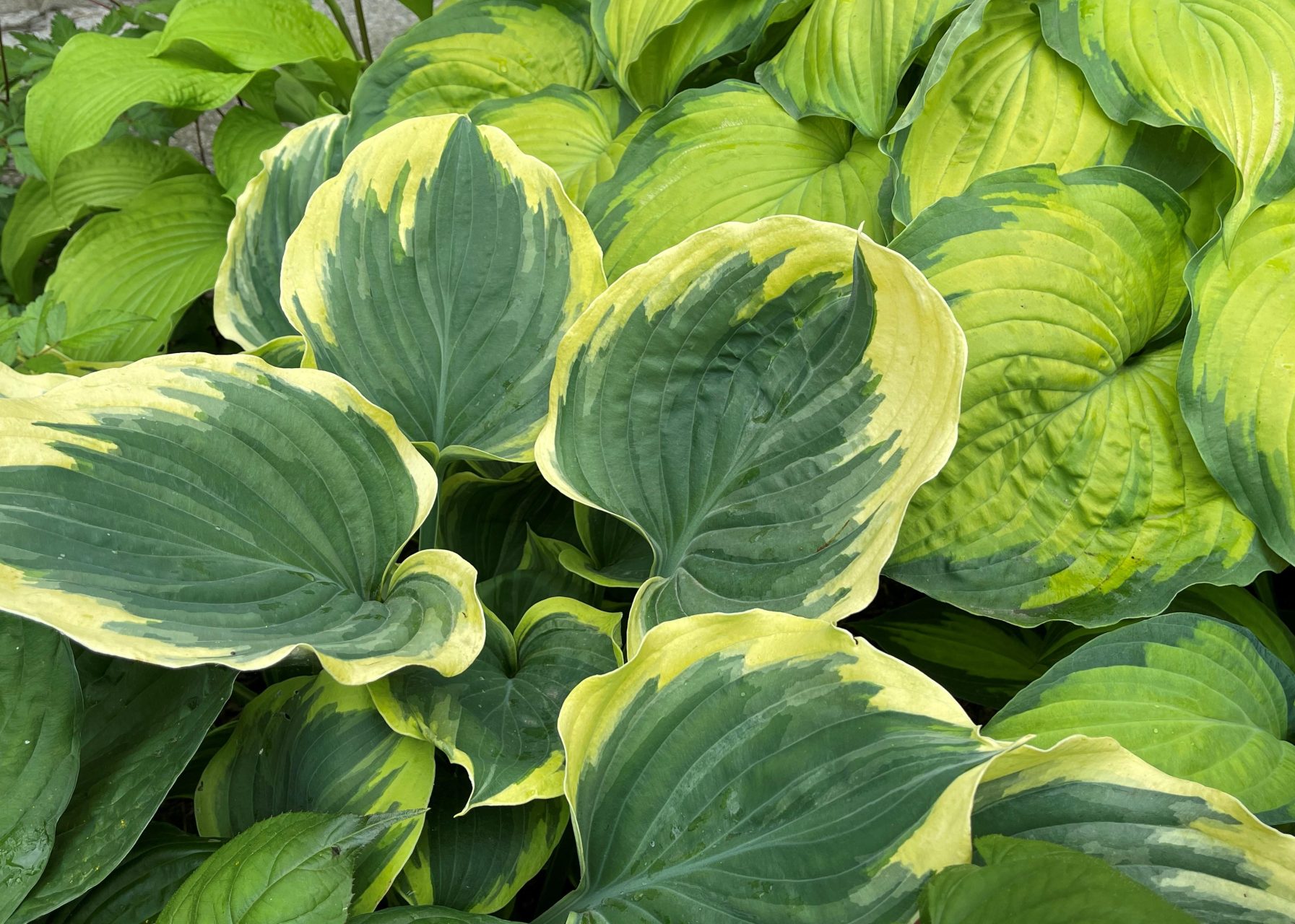
Herbaceous Perennials are non-woody plants that die back to the ground each fall, the root overwinters (if it is zone hardy), and the plant grows fresh from the ground each spring.
All herbaceous perennials have a season of bloom, meaning they flower at a specific time during the growing season.
Some bloom early in the spring, others flower in the heat of summer, and others show off their colours in late summer and fall.
A few perennial flowers called ‘ever bloomers’ continue to bloom until frost once they start flowering.
After flowering, their energy focuses on producing seeds and stronger roots.
4 Reasons Why Perennials Die Over the Winter
- The perennial was from the wrong plant hardiness growing zone
- The perennial has completed its lifespan
- Stress related to autumn dehydration
- The perennial was exposed to dramatic winter fluctuations
It is often thought that perennials are like diamonds and last forever.
There are genetic and environmental factors that contribute to their loss.
Let’s explore 4 main reasons why perennials die over the winter and how to work around them:
1. The Perennial was in the Wrong Plant Hardiness Growing Zone
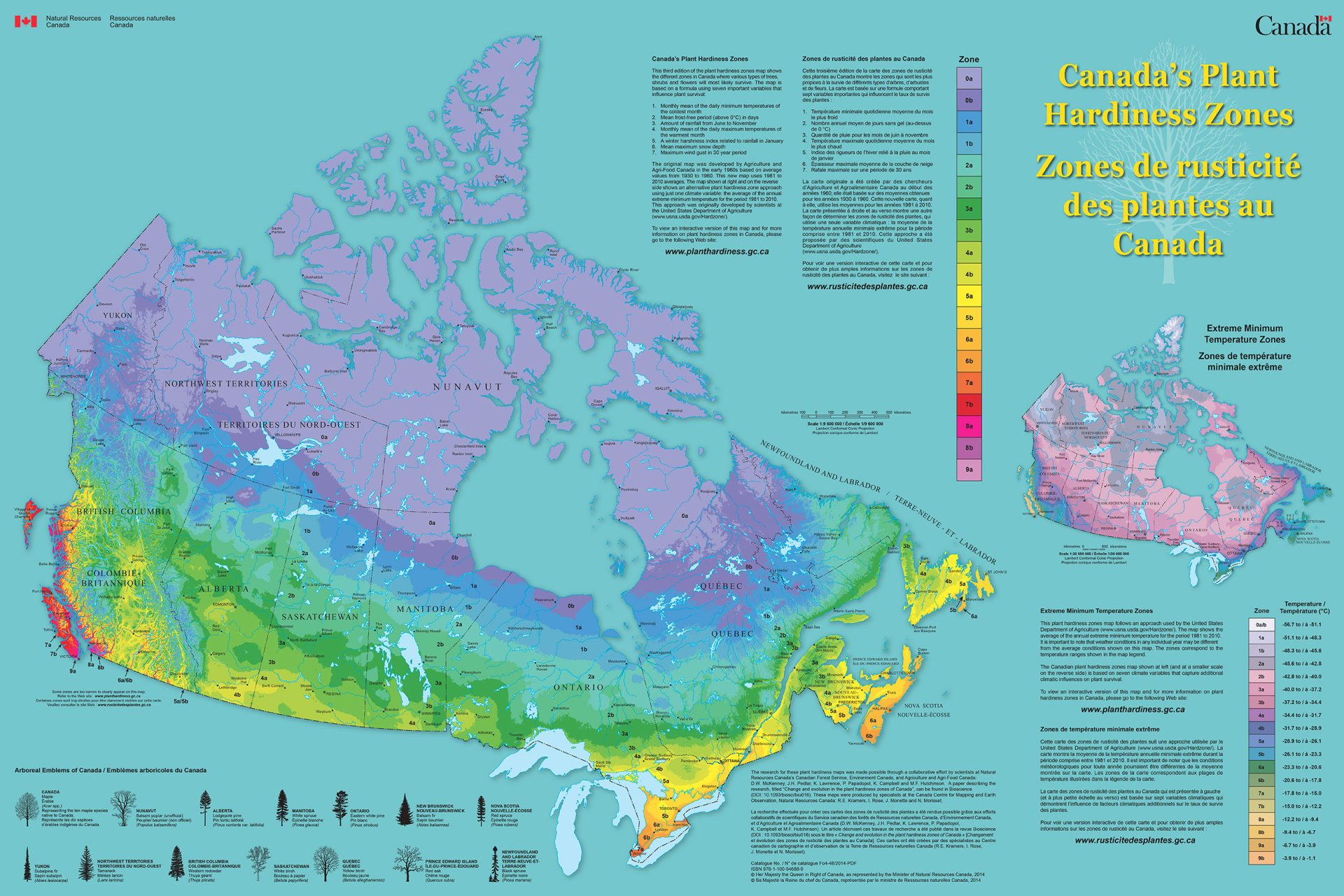
The Plant Hardiness Rating System is a framework that categorizes plants and geographical regions into zones that share similar climatic conditions.
These ratings give gardeners an idea about which plants should grow in their area and how well they will tolerate the growing conditions.
Each geographical region is assigned a number from 1-10, with 1 being the coldest zone and 10 the warmest.
Plants are assigned growing zone ratings, which are always expressed in a range. For example, most Peonies have a growing zone rating of 3-8. This means that Peonies should grow well in plant hardiness zones 3 through 8.
If plants are grown outside their zone ratings, like a Peony planted in zone 2 or zone 9, several things could happen. For example, in a zone 2, the summer temperatures could be too cool and in a zone 9, it could be too hot causing slowed growth or flowering.
If the winter temperatures for perennials are too cold, the roots may die from excessive cold exposure. Conversely, if the winter temperatures are too warm, the perennial may not get the required cool temperatures (vernalization period) to re-emerge in the spring.
Perennial losses in cooler growing zones, like zones 3 & 4, often occur when perennials aren’t hardy enough to survive the low winter temperatures.
Related: For a deeper discussion on plant growing zones, see What are Plant Hardiness Zones and How do They Work?

2. The Perennial Has Completed its Life Span
All plants – annuals, perennials, trees, and shrubs – have genetically determined life spans. Let’s focus the lens on herbaceous perennials for the home garden.
Herbaceous Perennials that grow fresh from the ground each spring, are divided into 3 basic groups:
- Biennials
- Short and Medium-Lived Perennials
- Long-Lived perennials
About Biennials

Biennials are plants that require 2 growing seasons to complete their life cycle.
In their first year, biennials germinate from seed and have green leafy (vegetative) growth that focuses on the development of food storage in their root system.
Biennials require a dormant period between the initial growth period and flowering. After the first growing season, the vegetative growth dies, and the root overwinters.
In the second spring, the perennial grows green leafy growth from the roots. This time the plant develops reproductive structures and produces seeds. The plant dies and its life cycle is complete once the seeds reach maturity.
The seeds then drop to the ground, vernalize through the winter (a horticultural term for going through a cold period), and the cycle starts again with germination in the spring.
In cases of extreme temperatures, biennials will produce seeds in their first year, which is called bolting.
Examples of flowering perennials are Lupines, Alcea (Hollyhocks), Campanula (Canterbury Bells), California Poppy, Delphinium (depending on the variety), Digitalis (Foxglove), Myosotis (Forget Me Nots), Dianthus barbatus (Sweet William).
Several vegetables are biennials, too. Beets, cabbage, carrots, lettuce, onions, parsnips, parsley, and Swiss chard are biennials.
About Short and Medium-Lived Perennials

This group of perennials is much less complicated than biennials. Short and medium-lived herbaceous perennials grow fresh from the ground each spring, and their life expectancies are related to their genetics.
Because the distinction between these two groups is rather gray, they are grouped together.
Short-lived perennials live for 3-7 years, and medium-lived perennials complete their life cycle within 10 years.
Here’s a list of short-lived and medium-lived Perennials with average life expectancies:
- Euphorbia (Spurge) – 4-7 years
- Aquilegia (Columbine) – 3-4 years
- Delphinium (Larkspur) – 2-3 years, depending on the variety are biennial or perennial
- Campanula (Bell Flower) – 4-10 years
- Gaillardia (Blanket Flower) – 3-4 years
- Heuchera (Coral Bells) – 4-10 years
- Leucanthemum (Shasta Daisy) – 5-7 years
- Tanacetum (Painted Daisy) – 4-7 years
- Scabiosa (Pincushion Flower) 4-10 years
- Papaver nudicaule (Icelandic Poppy) – 2-3 years
About Long-Lived Perennials
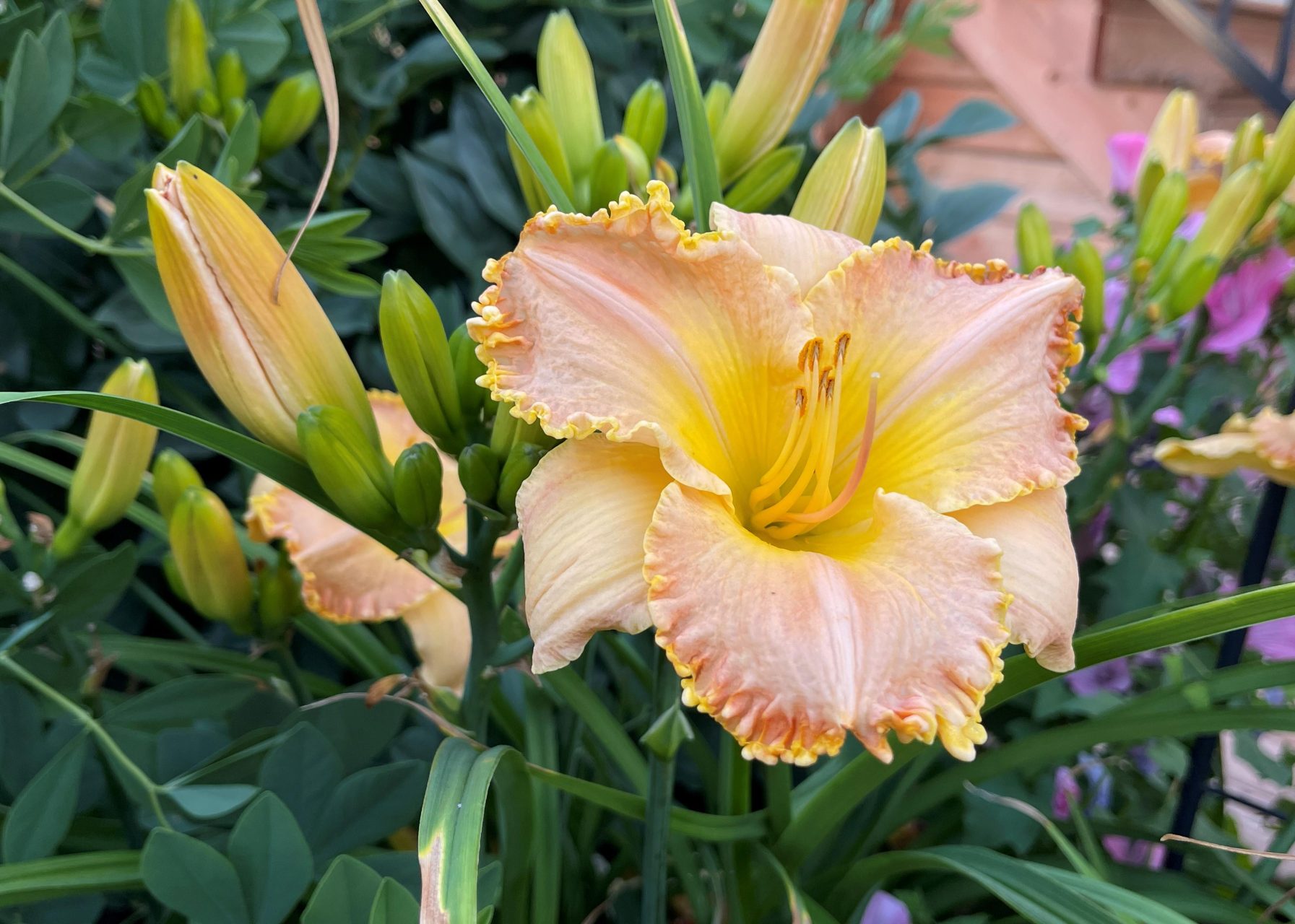
Long-lived perennials are a group that live for more than 20 years, and some have life spans of up to 50 or 70 years. Many of these herbaceous perennials grow deep tap or tuberous roots that enable them to live through drought or other stressful environmental conditions.
Examples of long-lived perennials:
- Aconitum (Monkshood)
- Alchemilla mollis (Lady’s Mantle)
- Aruncus (Goatsbeard)
- Baptisia (False Blue Indigo)
- Dictamnus (Gas Plant)
- Geranium (Cranesbill)
- Hemerocallis (Daylily)
- Hosta
- Peony
3. Perennials Die from Stress Related to Autumn Dehydration
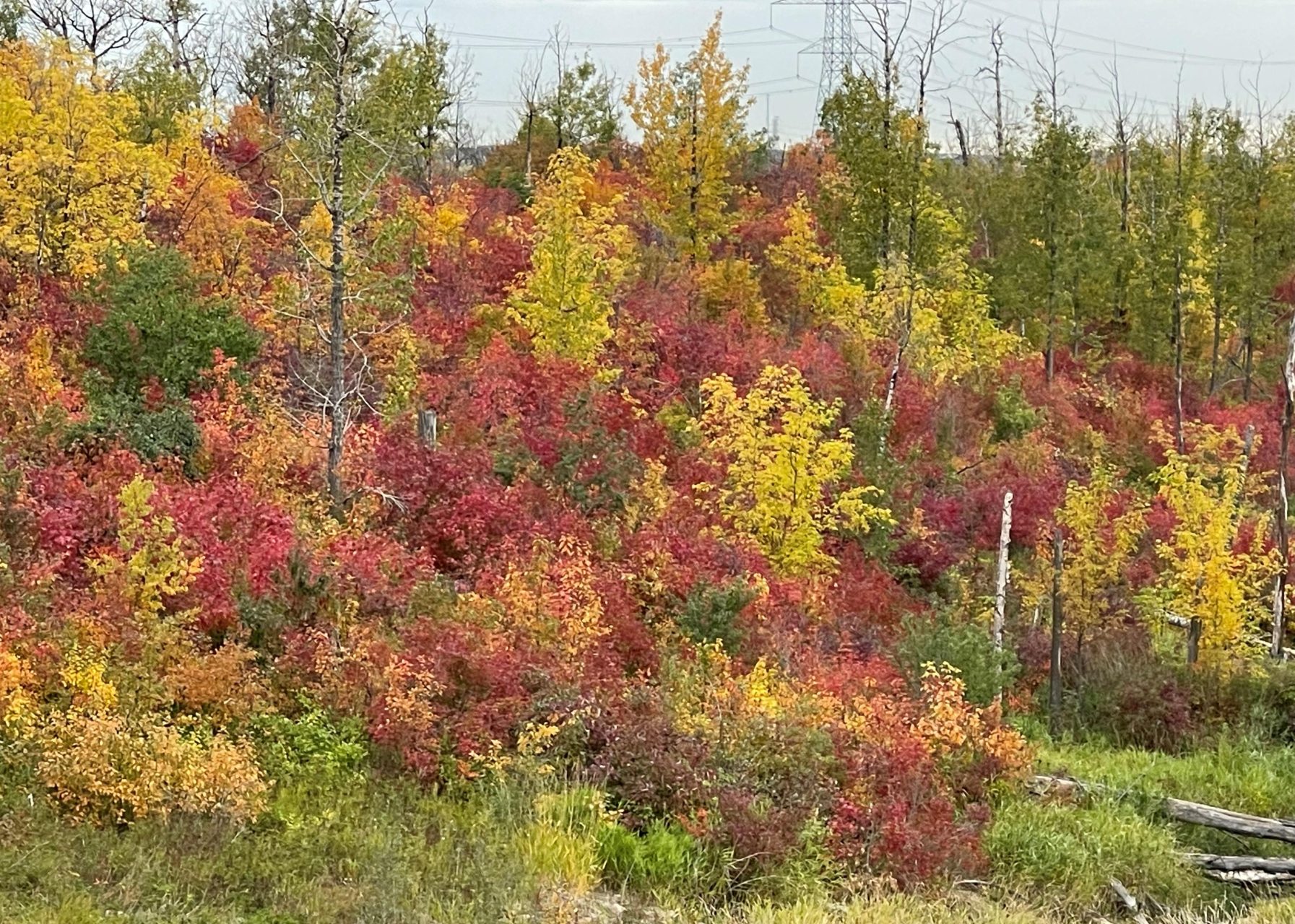
Perennials have their last push to acquire nutrients in their roots and build resources for the winter during the fall months. Healthy plants have more stamina through winter and bounce into vigorous spring growth.
Perennials that experience water stress in autumn have more difficulty surviving winter than those that are well hydrated.
Fall is naturally a drier season, and it’s easy to forget to water perennials in the fall because the weather is cool, and we don’t think about perennials needing water.
Perennials don’t need as much water as they do in summer but they do need to stay hydrated during the later months of the growing season.
4. The Perennial was Exposed to Dramatic Winter Temperature Fluctuations

Large temperature swings in late fall, winter freeze-thaw cycles, or spring, cause plant stress.
Sometimes perennials cannot recover, especially in combination with incorrect hardiness zone assignment, dehydration, or if it is nearing the end of its life course.
Yo-yo-ing temperature fluctuations can cause false growth starts and drop below a plant’s maximum cold limit too quickly to cause irreparable root damage.
Sometimes plants can grow through these extreme thermal swings with new root growth, but others don’t.
Our world’s design of gradual seasonal change frees up plants to acclimate and prepare their structures for cold temperatures.
How to Prepare Your Perennials to Survive Winter
If your perennial has reached the end of its lifecycle, there isn’t anything that can be done. However, the other main reasons your perennials don’t survive the winter can be avoided! Here are three ways to prepare your perennials to survive the winter.
How to Avoid Planting Perennials in the Wrong Hardiness Zone
Every perennial should have accompanying plant variety labels including their hardiness zone rating.
Your job as a purchaser that of a matchmaker, always check labels when purchasing perennials to pair the right perennial for your growing zone.
Ask questions if the tag is missing or doesn’t indicate the hardiness zone rating.
How to Prevent Perennial Dehydration in the Fall
Check perennial soil hydration levels twice weekly during autumn by sticking the entire length of your index finger into the soil. If the soil is dry at the tip of your finger or the first knuckle, it’s time to water.
Keep garden soil evenly moist and there’s no need to fertilize in autumn because perennials have a low fertilizer requirements. Too much fertilizer will slow the growth of some perennials.
How to Prepare Perennials for Extreme Winter Temperature Variations
The best way to combat adverse effects of wild temperature swings on perennial roots is to find ways to insulate them with materials that will average out the temperatures.
Mulch and snow are a gardener’s best friends. Both have insulating properties to protect perennial roots.
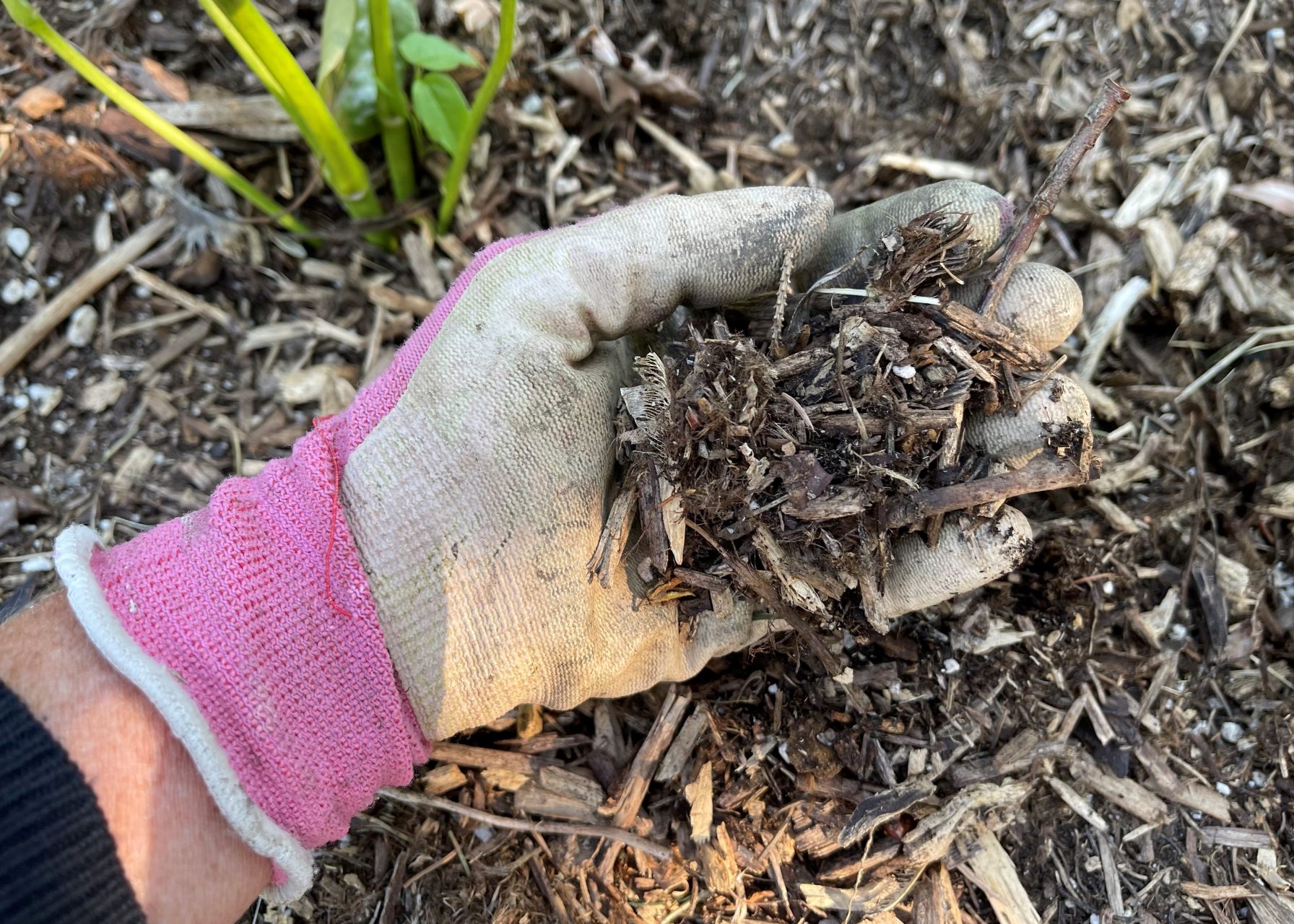
A protective layer of mulch applied in the fall will forestall freezing temperatures from causing extensive root damage.
Spread a fresh 10-15 cm (4-6″) layer of mulch to perennial beds on top of vulnerable perennials once their foliage has died back.
Any organic mulch that breaks down will work here. Cedar, leaf, or mixed mulches all have effective insulating properties.
Related: For all the details on mulch, see What is Mulch? Making Garden Magic with Mulch
Snow is an additional perennial plant insulator for prairie gardeners, I like to call it our superpower.
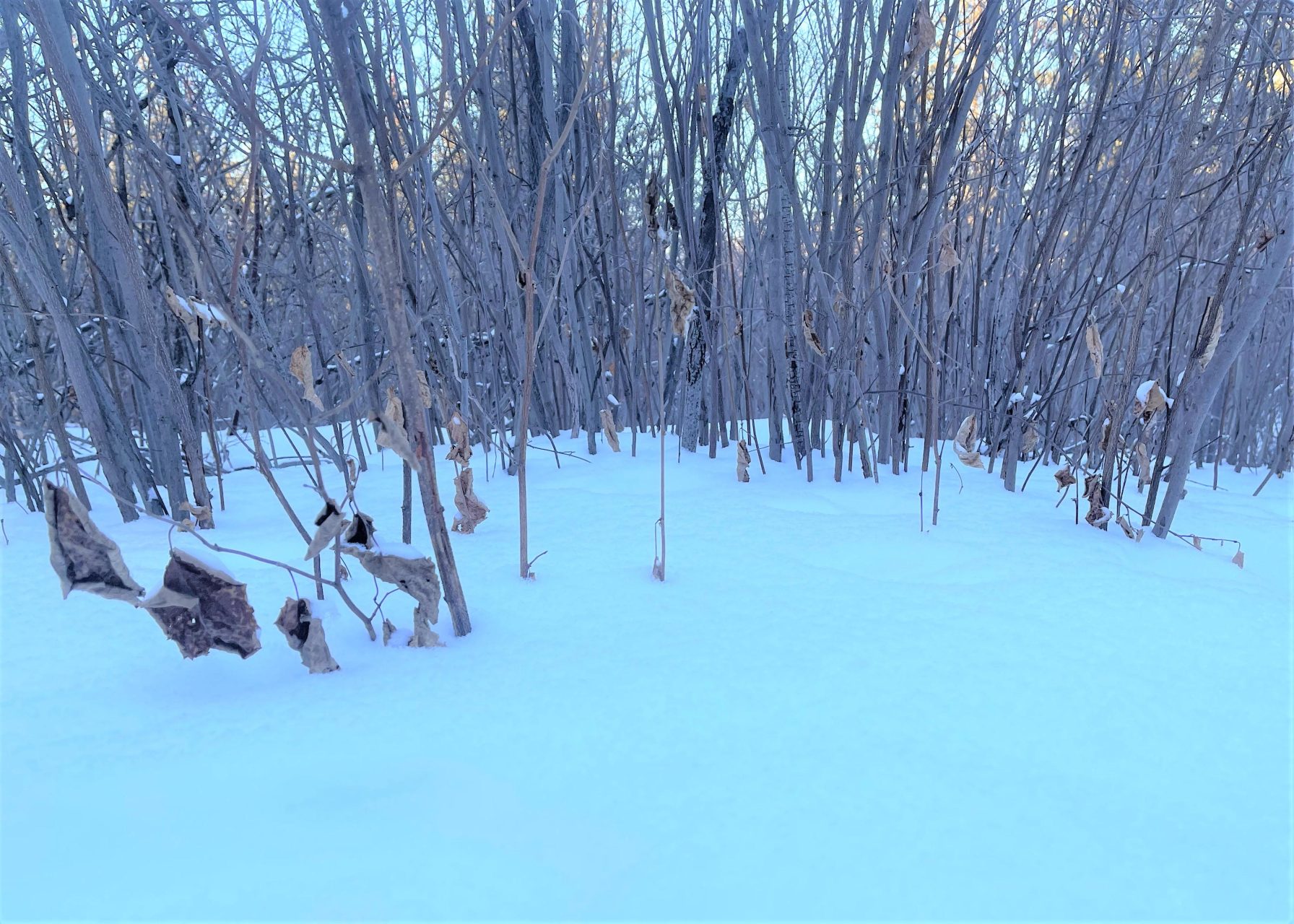
Snow is a great insulator because it is actually 90-95% air.
Pile snow onto perennial garden beds as you’re clearing snow from sidewalks or driveways. Keep piling it as often as it snows and when there are winter thaws, the roots will stay cold.
An added bonus of deep snow layers covering perennial flower beds is the water it provides to perennial roots as it melts in spring.
Conclusion
Perennial health, adaptability, and age are key factors for perennial survivability through winter months where temperatures can be extreme.
Fortunately, there are things that can be done to help get perennials through.
Knowing the right plant hardiness zone, life cycle, timely watering, mulching, and snow cover go a long way to encourage perennials ride out the winter.
©Sharon Wallish Murphy ©Gardening with Sharon




